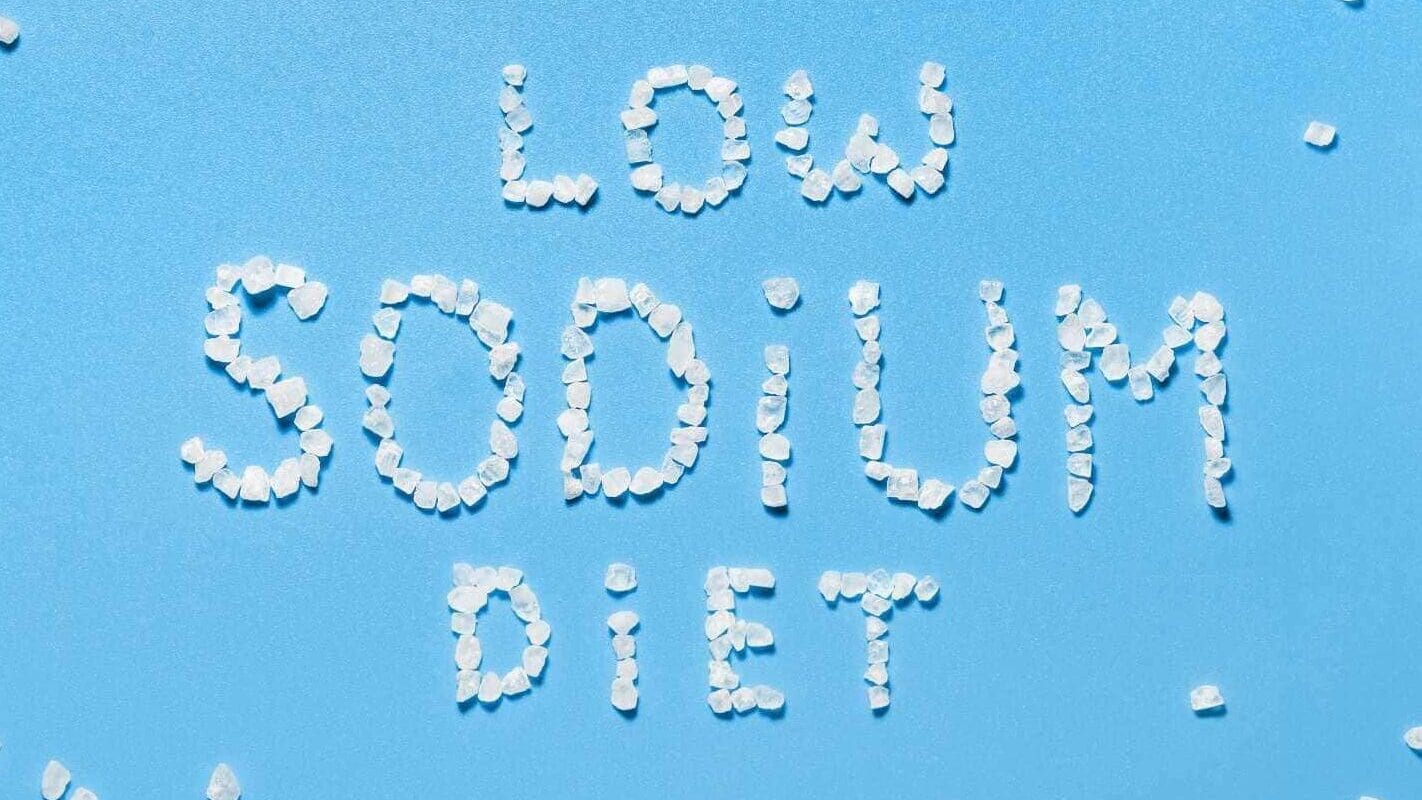Watching Your Salt Intake? Here’s How to Minimize Salt in Your Diet Without Sacrificing Flavor
Cutting back on salt doesn’t have to mean settling for bland, boring meals. With a few simple tricks and ingredient swaps, you can dramatically cut your sodium intake while amplifying the flavor of your favorite foods.
If you’re craving bold, savory flavors without the salt, know that you don’t have to resign yourself to bland, boring meals.
Here are 12 easy ways to boost flavor without sacrificing your health goals.
Who should be on a low-sodium diet?
A low-sodium diet is often medically prescribed for people with certain medical conditions such as high blood pressure, kidney disease, and liver disease. About 48% of US adults have hypertension or high blood pressure, and only 25% of those with the condition have it under control.
While medication is often used to help control blood pressure, diet, and lifestyle can have an effect too. Since hypertension is a risk factor for many chronic diseases, including heart disease-the leading cause of death in the US, it is crucial to get these numbers under control.
A lower sodium diet can help reduce high blood pressure. Check out these 11 ways to minimize salt in your diet!
Know how to read a food label
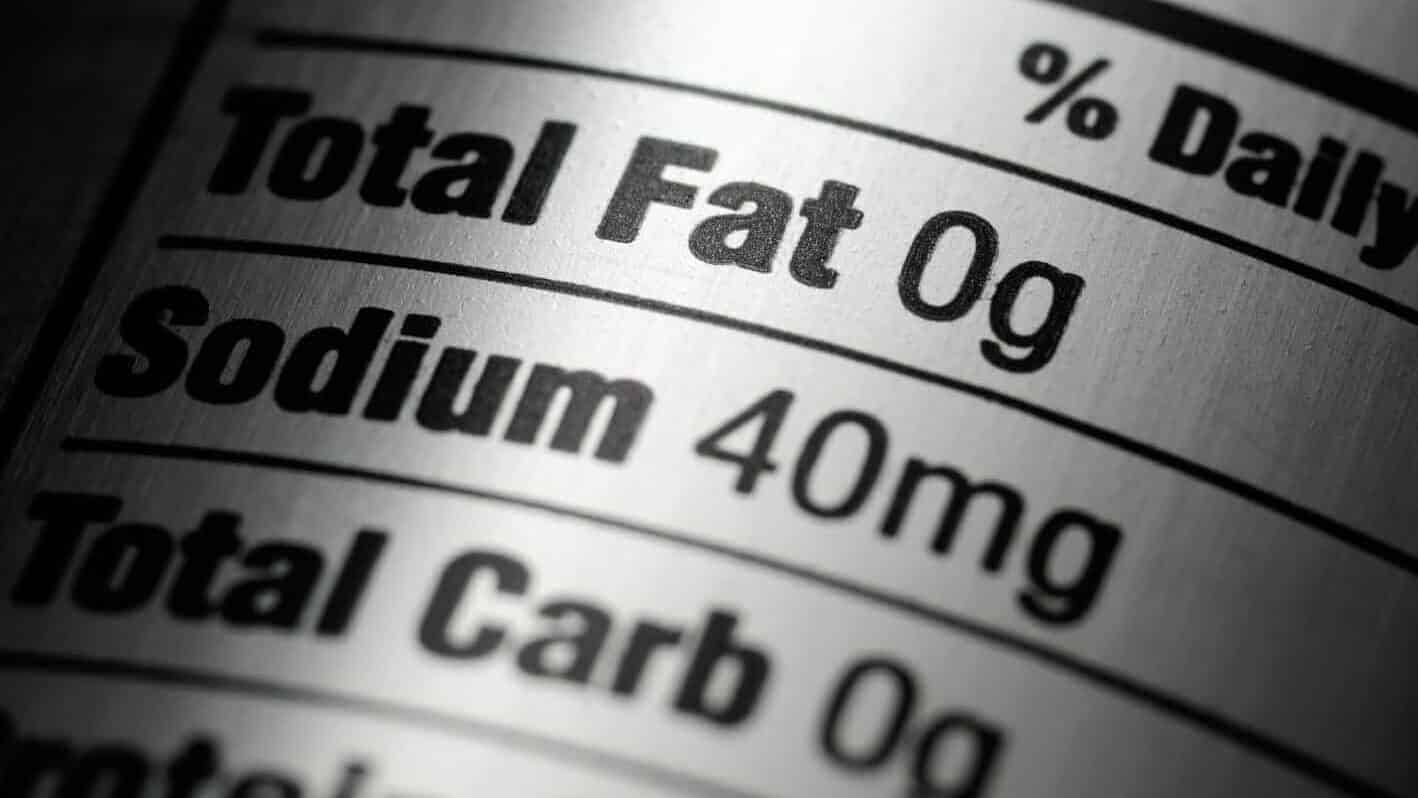
The first step to eating a lower salt diet is understanding how to read a food label. There is a nutrition label on the back of all packaged food products that breaks down the various nutrient contents of the food. You will see numbers for calories, fat, protein, carbohydrates, sodium, and other nutrients.
The FDA guidelines state a product with a 5% DV (daily value) or less of sodium is considered a low-sodium product. The recommended daily intake of sodium for all Americans is less than 2,300 mg per day. So a product with 5% of the daily value will have 115 mg or less of sodium.
Rinse canned beans and vegetables

Canned foods like beans and vegetables will often have high levels of salt. Choose lower sodium varieties if available, and you can also rinse canned beans and vegetables to help drain out the excess salt. If time permits, you can also cook your own beans from dried to control exactly how much salt is added.
Choose low-sodium broths and premade soups

Broths, stocks, and soups are also culprits of high sodium content. These products often have lower sodium varieties available to choose from.
Make your own sauces and salad dressings
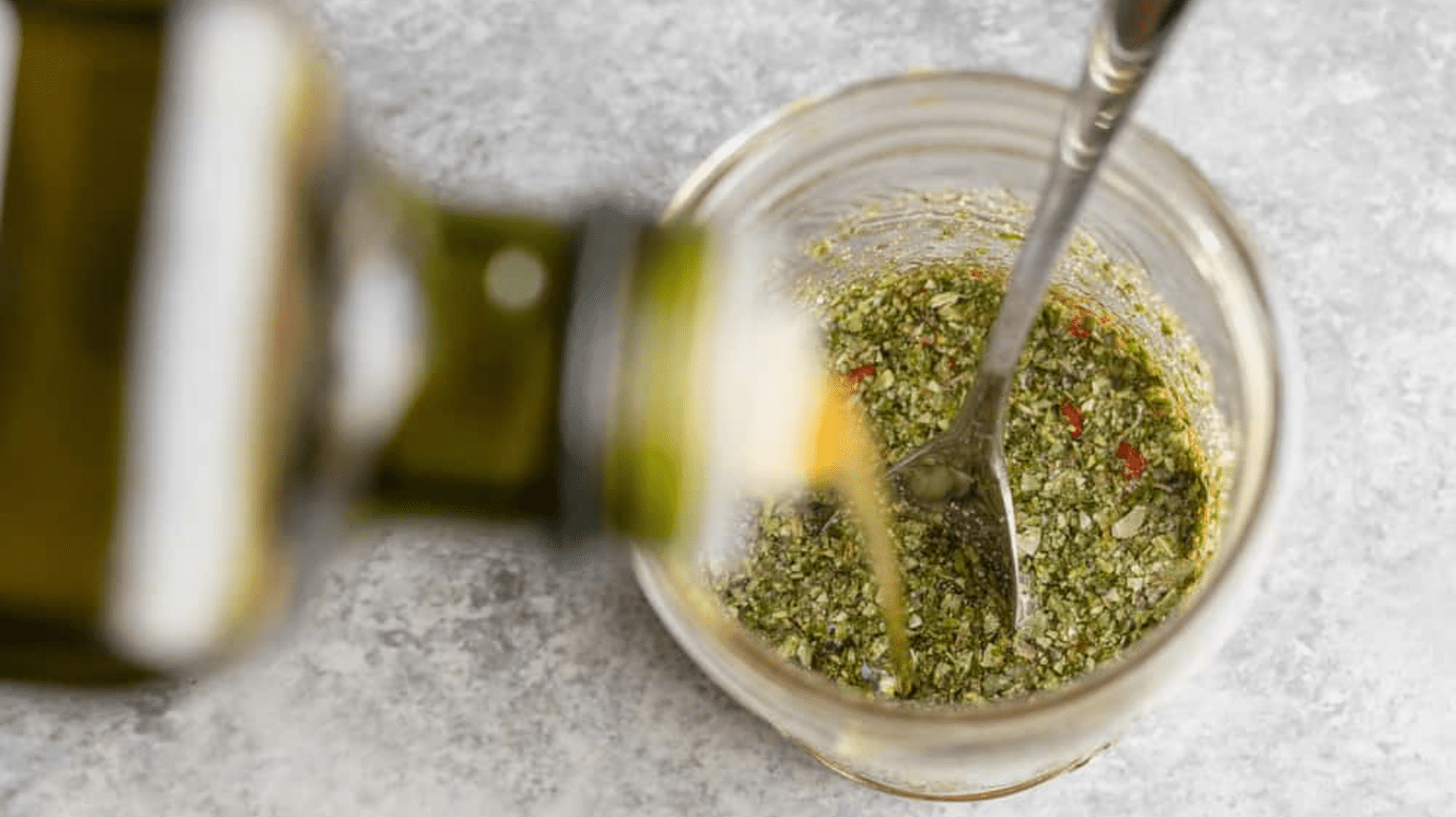
Sauces like marinara, teriyaki, hot sauce, soy sauce, pre-made marinades, condiments like mustard and ketchup, and pre-made salad dressings have higher salt content. You can sometimes find low-sodium varieties, but it can also be beneficial to make your own at home to better control the salt content.
Vinegar-based salad dressings are simple to make at home and minimal salt is needed to flavor it. Try to be mindful of serving sizes of condiments if no lower sodium options are available, as the salt can quickly add up.
Limit highly processed and packaged foods and snacks

The majority of dietary salt comes from processed and packaged foods and snacks. This is why it’s important to learn how to read the nutrition labels of these products and know how to make smarter choices.
Take into account the serving size as well. If the label says one serving of tortilla chips is under 100mg of sodium, but you end up eating 3-4 servings, then your salt intake is higher than anticipated.
Choose unsalted or lightly salted nuts
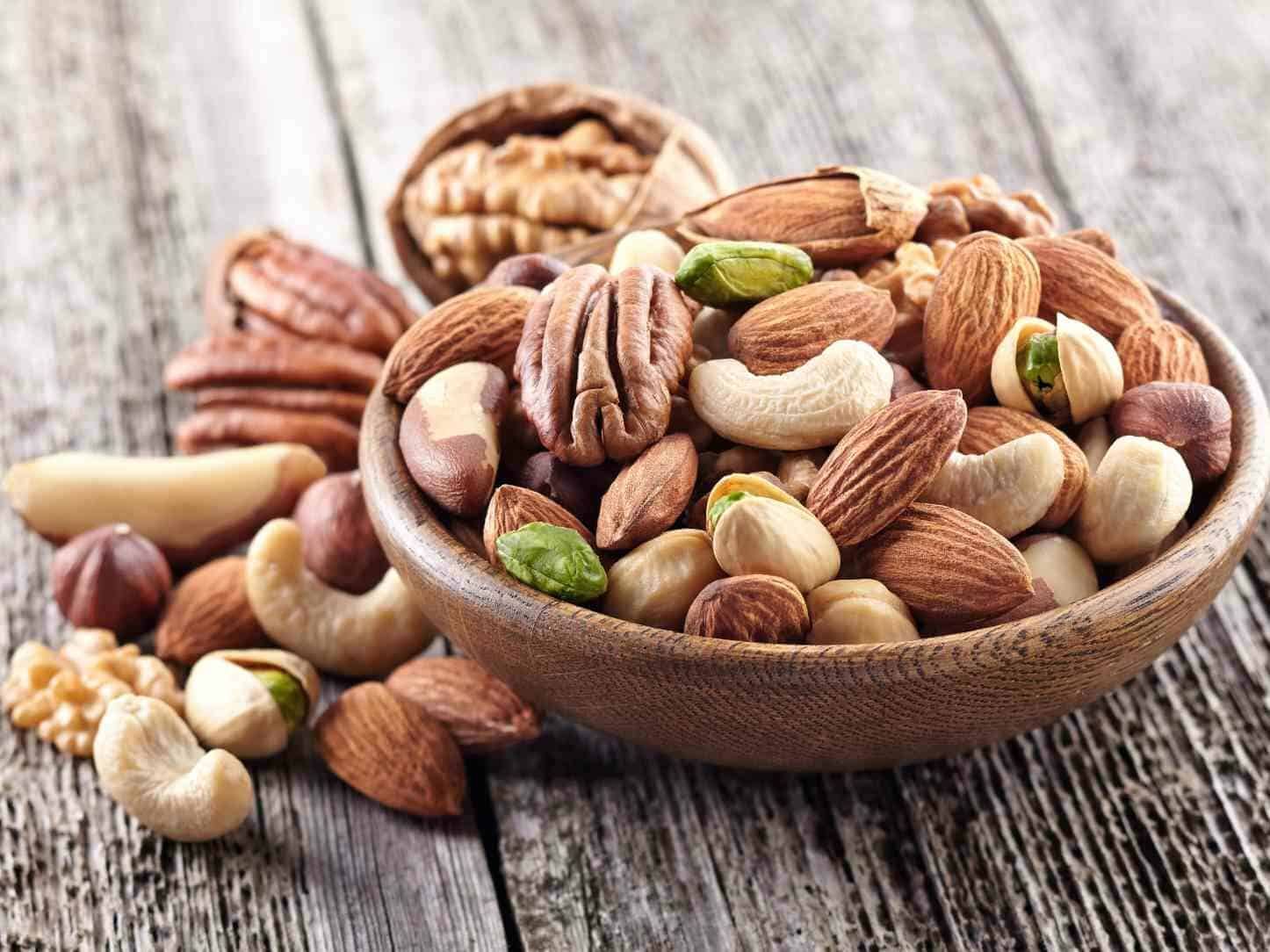
Salted tree nuts and peanuts can also be a high-sodium food, depending on your portion size. There are often low-sodium options to choose from, as well as unsalted varieties.
Cook more at home

Just like processed and packaged foods, restaurants and fast food are included in the majority of dietary salt intake. Because restaurant food does not often have nutrition information listed, it is hard to know the salt content.
If you are watching your sodium intake, it is highly recommended to eat more home-cooked food rather than takeout. Fast food restaurants do tend to have their nutrition information available to the public.
For example, at McDonald’s, a standard Big Mac has 1050 mg of sodium, which is almost half of the recommended daily salt intake! Since foods like burgers are cooked with some sort of additional salt seasoning, you can usually ask for no salt added to the burger.
Choose low-sodium seasoning blends

If you’re cooking at home, choose low-sodium or salt-free seasoning blends to add flavor without all the salt. For those with kidney disease, be mindful that many salt-free condiments and seasonings have added potassium in place of sodium.
Use more herbs, spices, and acids to add flavor
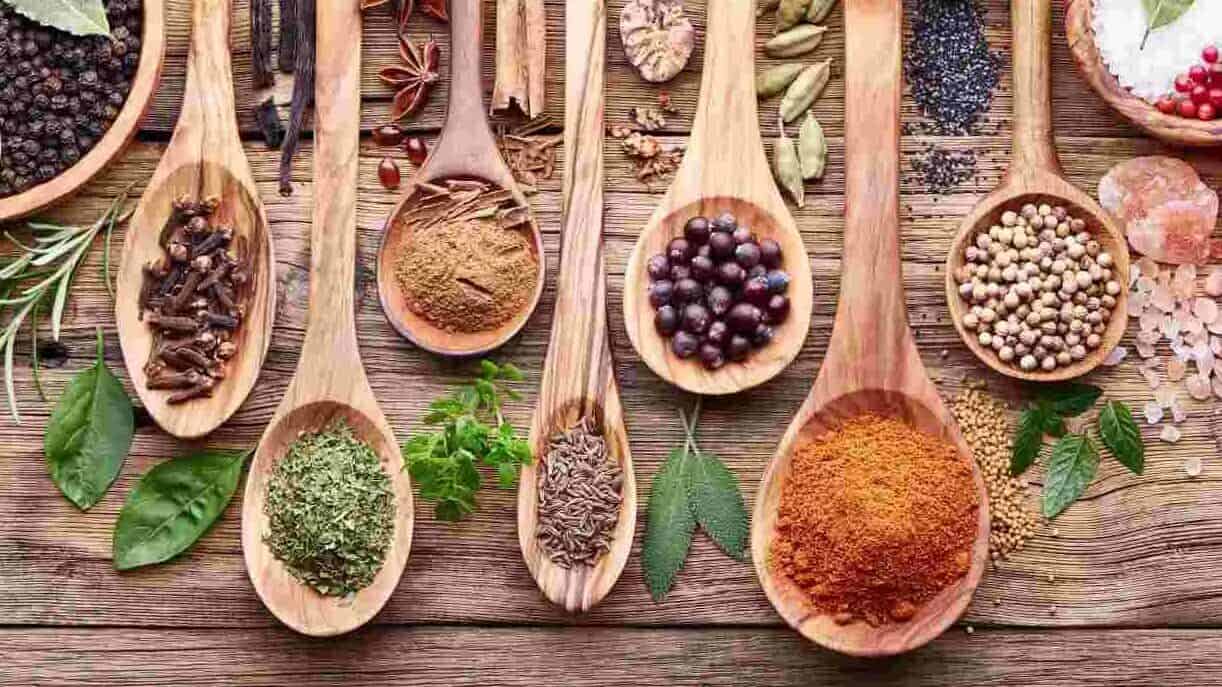
Salt is not the only way to add flavor to food. Try to use more herbs and spices in recipes to maximize flavor potential.
Fresh or dried herbs like parsley, rosemary, and thyme; spices like turmeric, black pepper, paprika, and chile powder; aromatics like garlic, ginger, and onion; and acids like lemon and vinegar are great to season food without using extra salt.
Minimize cured meat intake
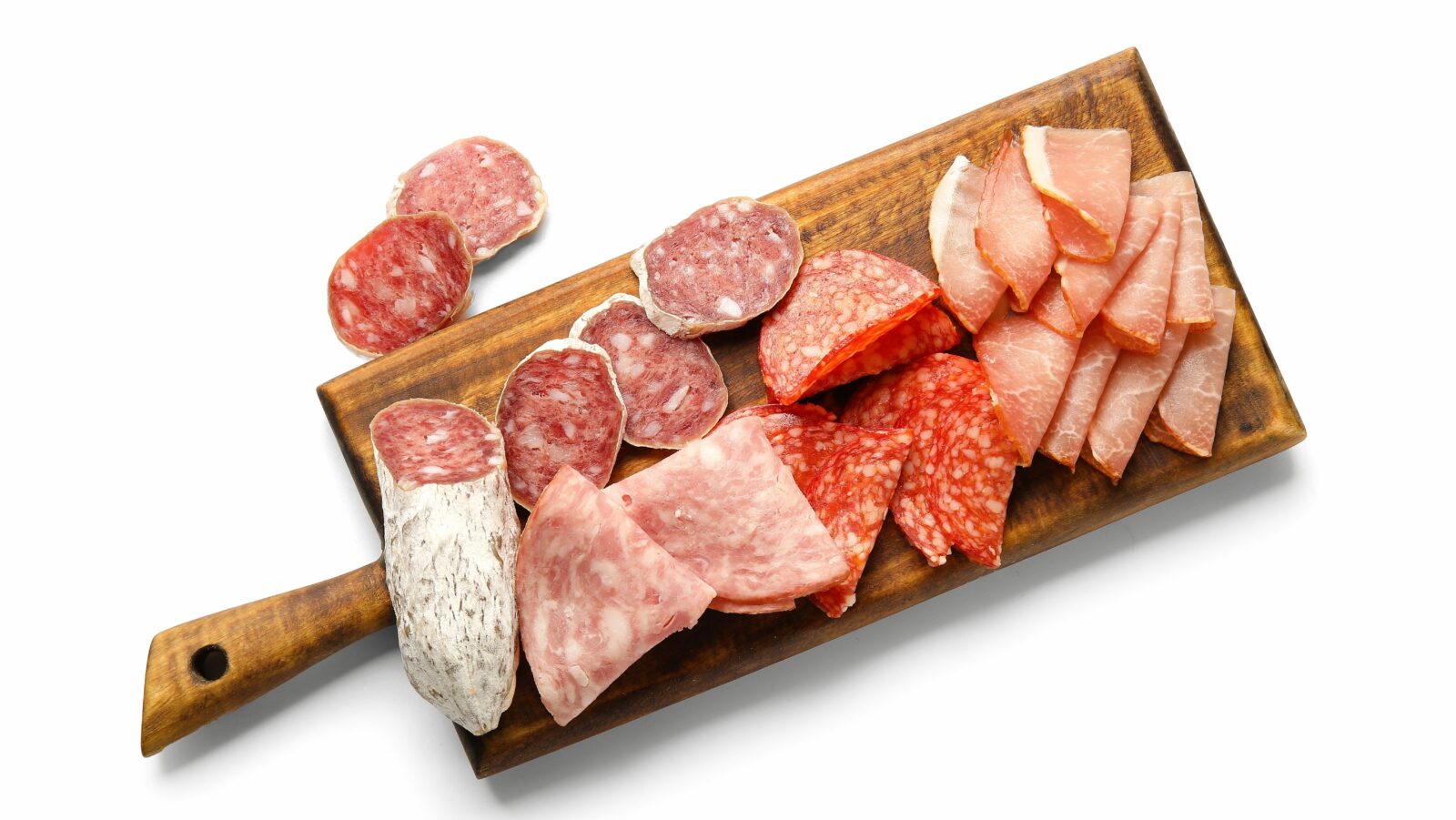
Cured and processed meats are also high in sodium. Limit intake of foods like hot dogs, salami, deli meats, jerky, chorizo, bacon, and sausage.
Portion control of cheeses
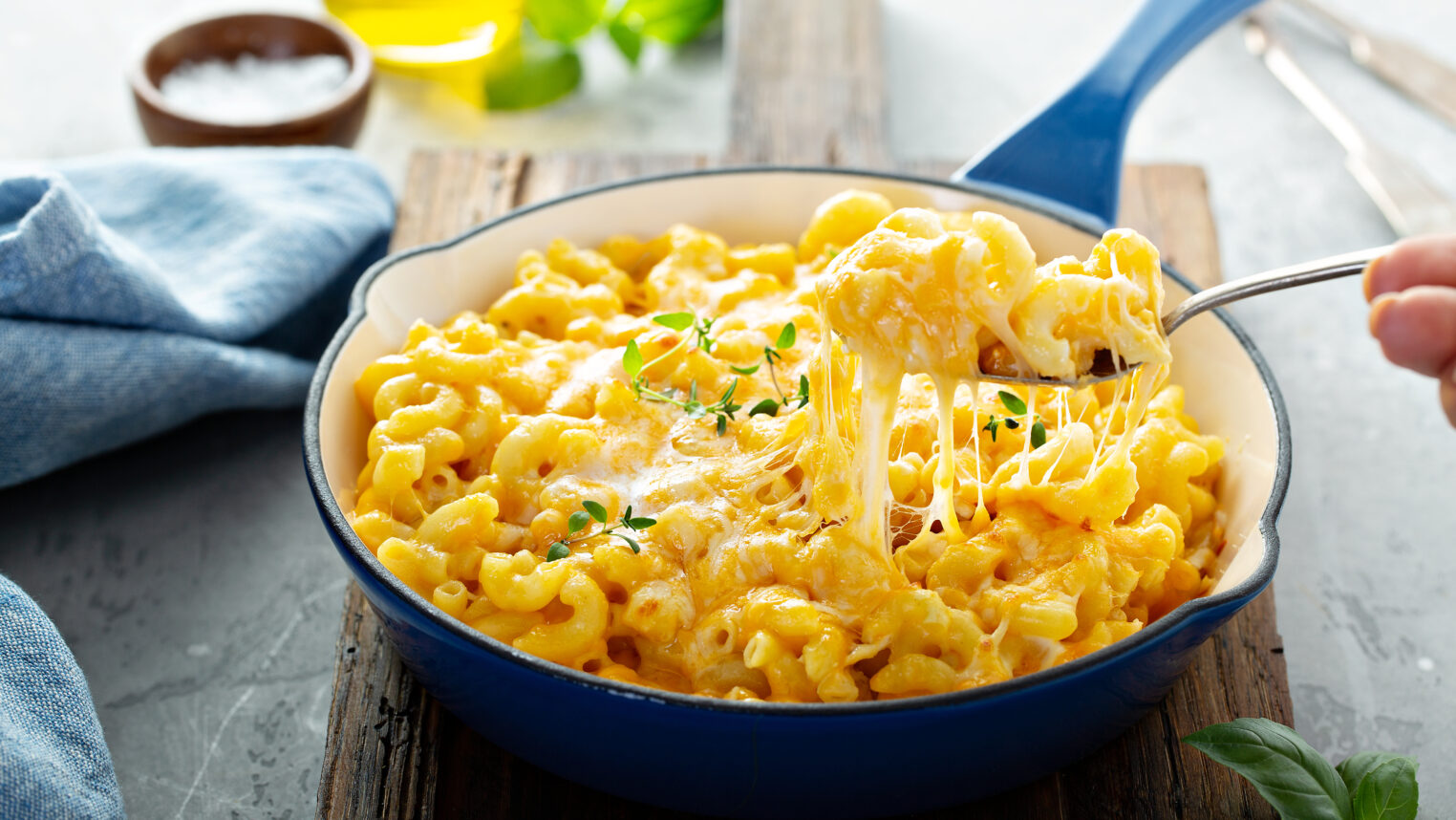
Cheese is also a food to watch out for with sodium. Being mindful of portion sizes can help limit sodium intake, without sacrificing the foods you enjoy. 1 oz of cheddar cheese has about 200 mg of sodium, which isn’t too high if you stick to one serving.
Look for fresher varieties of cheese like mozzarella, which has less sodium than aged cheeses like cheddar and parmesan. Cottage cheese is a food that doesn’t necessarily taste very salty, but a 5 oz serving can contain 460 mg of sodium which is 20% of the daily recommended intake.


